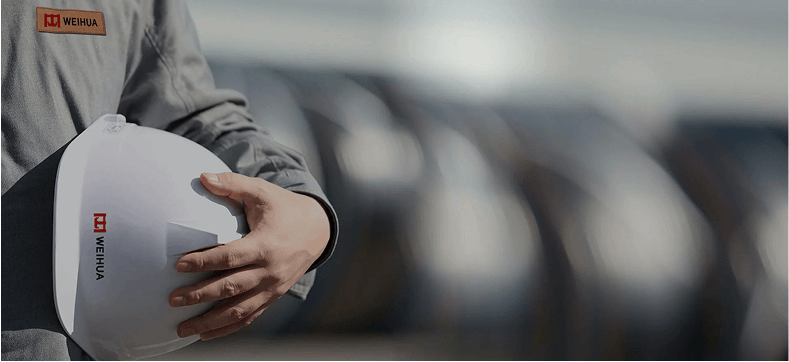| Parameter Name |
Parameters |
Description and Notes |
| Rated Lifting Capacity |
15 tons |
Maximum lifting weight permitted |
| Protection Level |
IP54 |
Dustproof and protected from water splashes from all directions, suitable for industrial environments. |
| Lifting Height |
6m, 9m, 12m, 18m, 24m, 30m |
Customizable upon request; please specify at time of purchase. |
| Lifting Speed (Single Speed) |
3.0 to 4.0 m/min |
Standard speed for general heavy lifting. |
| Lifting Speed (Dual Speed) |
Normal speed: ~3.5 m/min; Slow speed: ~0.6 m/min |
Slow speed for precision installation and alignment. |
| Wire Rope Specifications |
Ø15mm - Ø17mm |
|
| Motor Power (Lifting) |
7.5 kW to 13 kW |
|
| Operating Speed (Ground Control) |
15 to 20 m/min |
|
| Operating Speed (Remote Control) |
20 to 30 m/min |
|
| I-Beam Track Specifications |
I32a - I45c |
|
| Control Method |
Low-voltage handle button control (ground control) |
Optional configuration, more flexible and safe operation |
| Wireless remote control (teleoperation) |
| Hook |
10-ton lifting hook |
With anti-unhooking safety tongue |
| Safety Devices |
Standard features: upper and lower limit switches, emergency stop switch, phase sequence protection |
To ensure safe operation, overload protection is strongly recommended |
| Optional features: overload limiter, phase loss protection |
Choosing the right 15-ton electric hoist requires considering several key factors to ensure its safe and efficient operation for your specific work scenario. Below are detailed selection suggestions based on different scenarios:
Core Selection Factors
First, clarifying the following basic parameters is a prerequisite for selection:
Lifting Capacity: Confirm the maximum weight that needs to be lifted; 15 tons is a clear requirement.
Lifting Height: How high to lift from the ground or a specific point; this determines the length of the wire rope or chain.
Operating Voltage: Commonly three-phase 380V industrial power; ensure the on-site power supply is compatible.
Working Class: Select based on usage frequency and load intensity. Higher frequency and heavier loads require a higher working class (e.g., FEM 3M, 4M) for greater equipment durability.
Detailed Selection by Scenarios
1. Heavy Industrial and Construction Scenarios (e.g., mines, ports, large construction sites)
Recommended Type: Wire rope electric hoists are preferred. These scenarios involve high-intensity work, requiring hoists with strong load-bearing capacity, good heat dissipation, and a reliable dual-brake system.
Power Supply and Installation: A stable 380V power supply is required. Typically, they are fixedly installed on I-beam rails, suitable for fixed workstations or situations requiring movement along the rail.
Safety Devices: Overload protection and limit switches are essential to handle high-risk environments.
2. Factory Workshops and Warehouse Assembly Lines
Recommended Type: Wire rope electric hoists or chain electric hoists (depending on space and frequency)
Usage Frequency: For frequent lifting of heavy objects (e.g., multiple times a day), electric hoists are more labor-saving.
Space and Precision: Wire rope hoists are more suitable for spacious environments requiring precise control; chain hoists are more flexible for confined spaces or occasional use.
